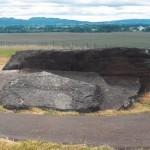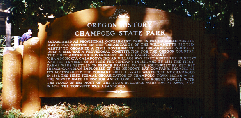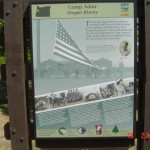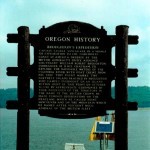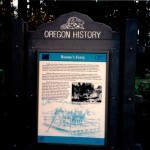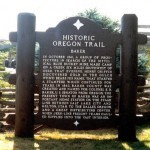The Cascadia Earthquake and Tsunami of 1700
Posted on: September 19th, 2011 in Historical Marker Audio Tours, Historical Marker Details |
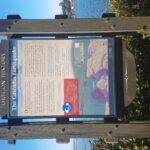
During the 18th century, Native American villages occupied the mouths of nearly every stream along this coastline – including here at Siletz Bay.
References to great flooding and ground shaking events are recorded in the oral traditions of many Pacific Northwest coastal tribes. These stories include instructions about how to prepare for large flooding events.
On January 26, 1700, the earth shook violently in the throes of a magnitude 9+ earthquake that …
 Payments
Payments